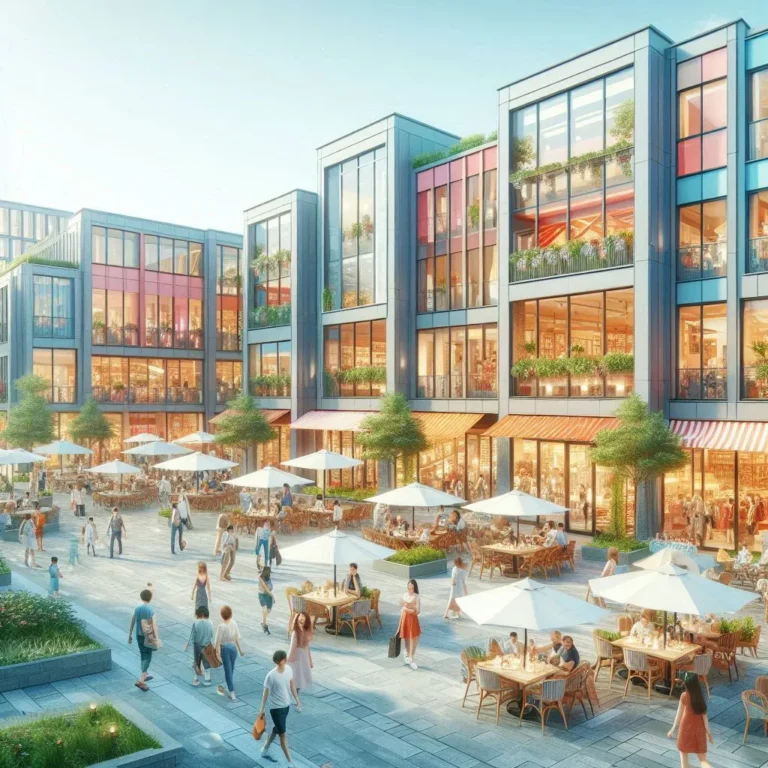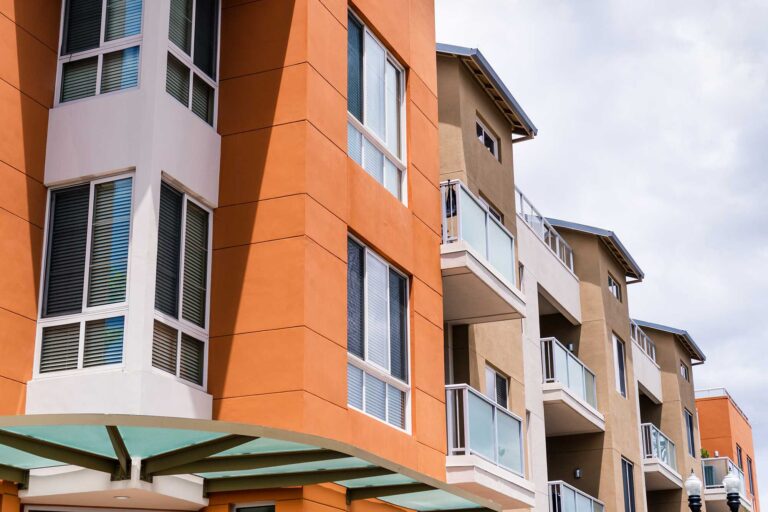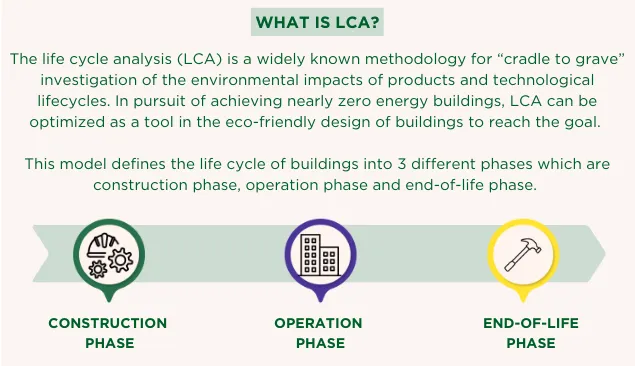The WELL Building Standard is a performance-based certification system focused on enhancing human health and well-being within buildings. Developed by the International WELL Building Institute (IWBI), WELL aims to integrate human health and well-being into the design, construction, maintenance, and operation of buildings. Unlike other certifications that focus primarily on environmental sustainability, WELL focuses on the impact of buildings on their occupants.
The WELL certification is based on 10 core concepts: air, water, food, light, fitness, comfort, mind, sound, materials, and community. Each of these concepts contributes to creating a healthier environment, informed by scientific research on the link between buildings and occupant health. The standard provides specific guidelines for different types of buildings to promote overall productivity, mood, and health.
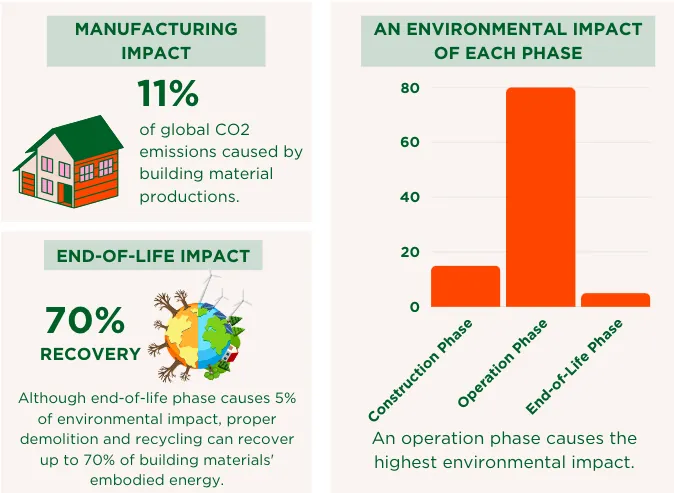
While WELL is unique in its focus on human health, there are other building standards that promote sustainability and energy efficiency. The Leadership in Energy and Environmental Design (LEED) certification is one widely recognized standard that is often considered a complement to WELL. LEED focuses primarily on environmentally sustainable design, considering factors such as energy efficiency, water use efficiency, and environmental impacts. and CO2 emissions reduction
Another key concept in sustainable building practices is life cycle assessment (LCA). LCA is a methodology that assesses the environmental impact of a building throughout its entire life cycle, from raw material extraction to end-of-life disposal. This comprehensive approach helps identify key points in a building’s lifecycle and assess alternatives to improve its environmental impact. LCA is increasingly used in sustainability certifications such as BREEAM, LEED, VERDE and DGNB.
Integrating LCA into building design and construction enables better decisions about material selection, construction methods, operational maintenance and end-of-life factors. This holistic approach reduces a building’s Global Warming Potential (GWP) and supports the shift to more environmentally friendly and sustainable practices in the construction industry.
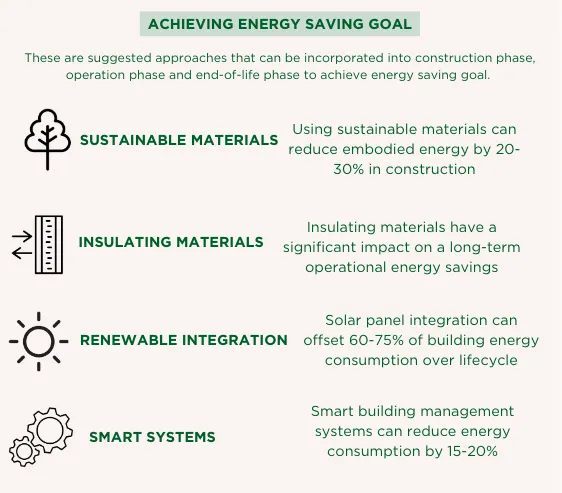
To maximize energy savings, human well-being and sustainability in buildings, thermal and acoustic comfort must be considered. ASA ThermAcoustic offers innovative solutions for thermal and acoustic control that can significantly help achieve these goals. Our products and services can help buildings meet the stringent requirements of certifications such as WELL and LEED, while also improving occupant comfort and energy efficiency. By implementing ASA ThermAcoustic’s solutions, building owners and designers can create healthier and more sustainable environments. which places importance on both human well-being and environmental responsibility
